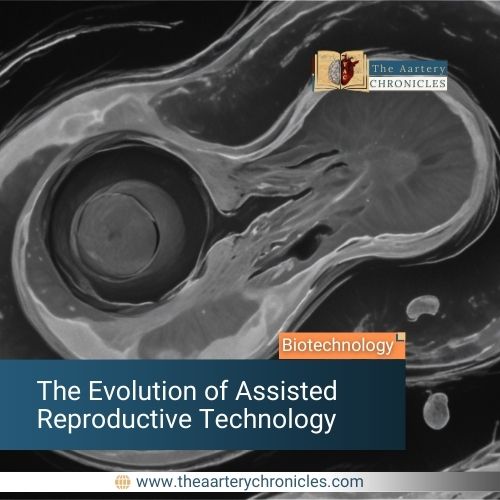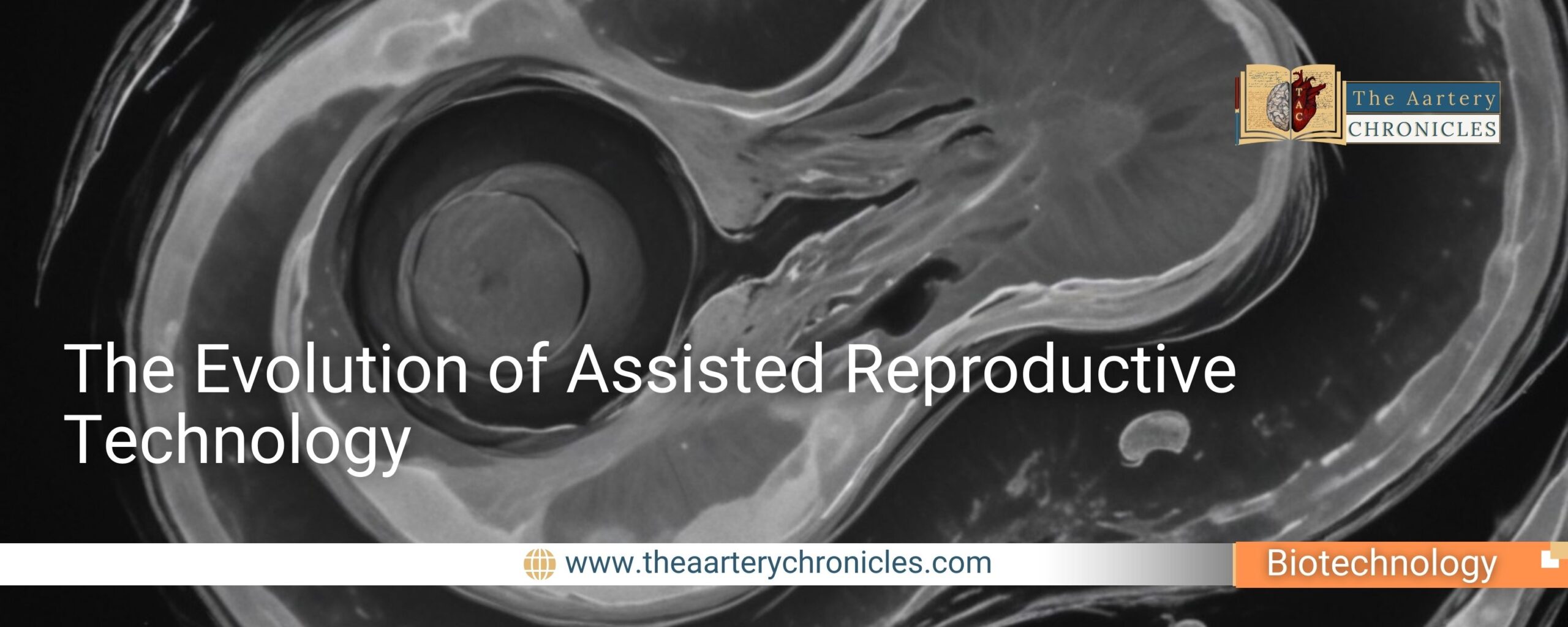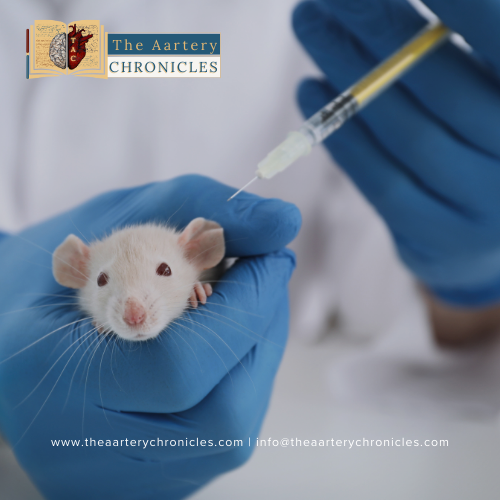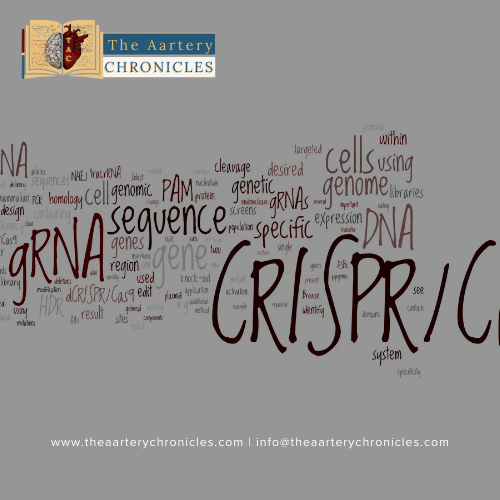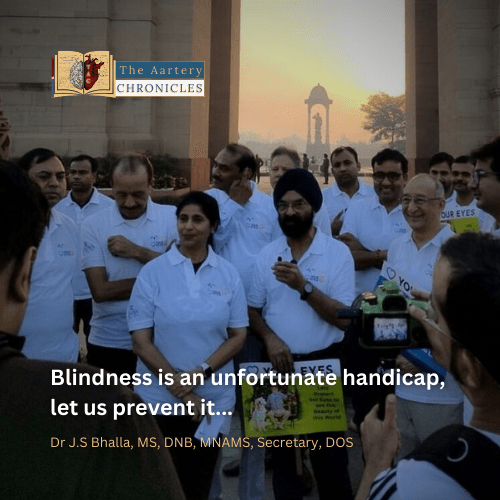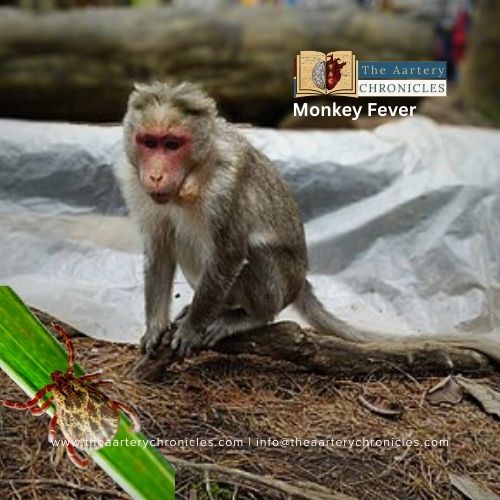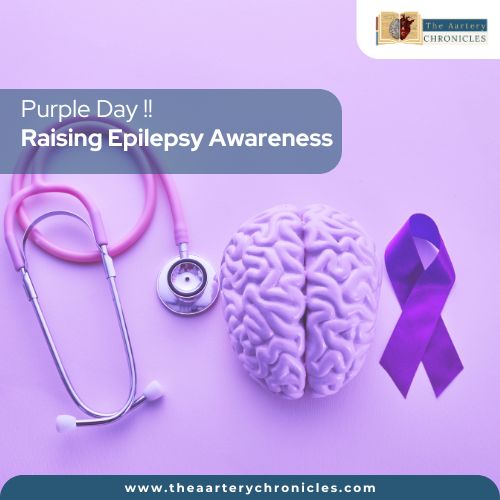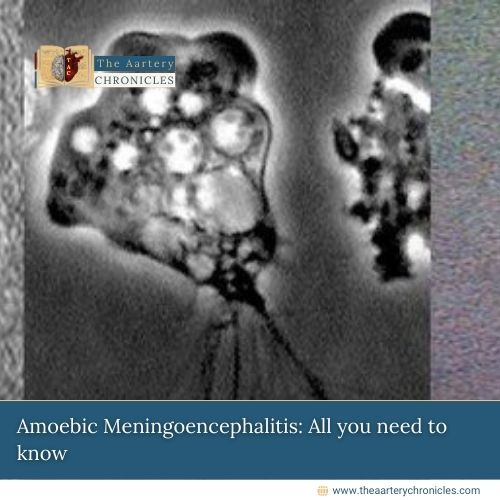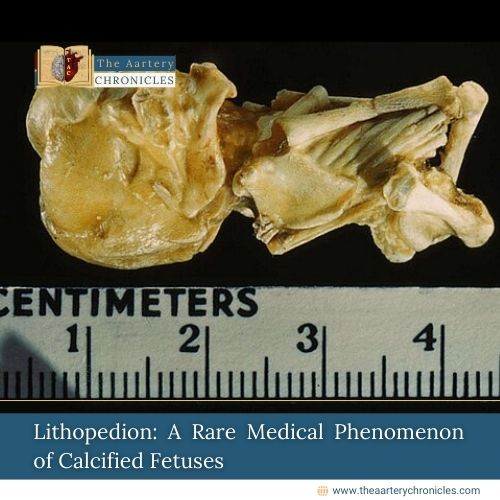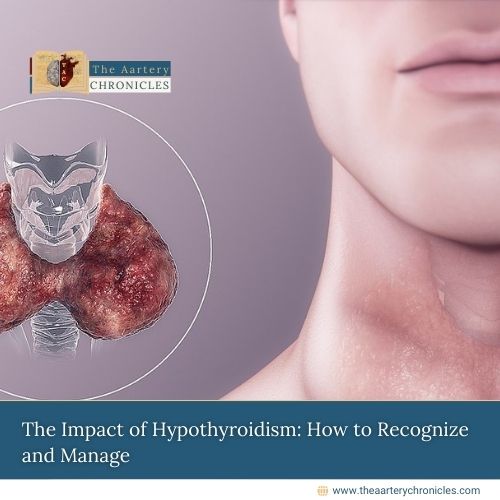Genesis of Hope: The Evolution of Assisted Reproductive Technology
Abstract
Assisted reproductive technology or ART is a set of techniques used to treat infertility. ART helps achieve pregnancy conception in individuals with issues doing so. In vitro fertilization, donor egg cycles, donor sperm cycles, embryo cryopreservation, and Intracytoplasmic sperm injection (ICSI) are a few procedures associated with ART.
ART involves various fertility-related treatments with embryos and egg manipulation. A few common ART techniques include in vitro fertilization (IVF), zygote intrafallopian transfer (ZIFT), frozen embryo transfer (FET), and gamete intrafallopian transfer (GIFT). Typically, ART procedures involve the surgical removal of eggs from the ovaries, combining them with sperm in the laboratory, and then transferring the embryo to the woman’s body.
Indian epics and scriptures
In an Indian epic, Mahabharata, one of the central characters Karna was said to be born with divine intervention which reflects a non-traditional way of conception. Another example is the use of artificial insemination or niyog, by sage Vyas for the birth of Dhritarashtra, Pandu, and Vidura.
Kauravas, the 100 sons of Queen Gandhari were believed to be born through a process resembling a modern-day IVF or artificial womb technology. The fertilized embryo was subdivided into 101 parts and grown in pots to become fully formed babies. Legend also has it that Dronacharya was born to sage Bharadwaj after he collected the semen in a pot giving rise to a baby. Hence the Sanskrit name goes Drona which translates to pot.
The Early Beginnings
The origin of ART began in early in the late 19th and early 20th century. Advancements in artificial insemination paved the way for the emergence of ART. According to the records, John Hunter in the late 18th century was reported to be the first successful instance of artificial insemination. However, the technique gained wider acceptance in the 20th century. Because of societal reservations and limited technological capabilities significant progress could not occur until the 20th century.
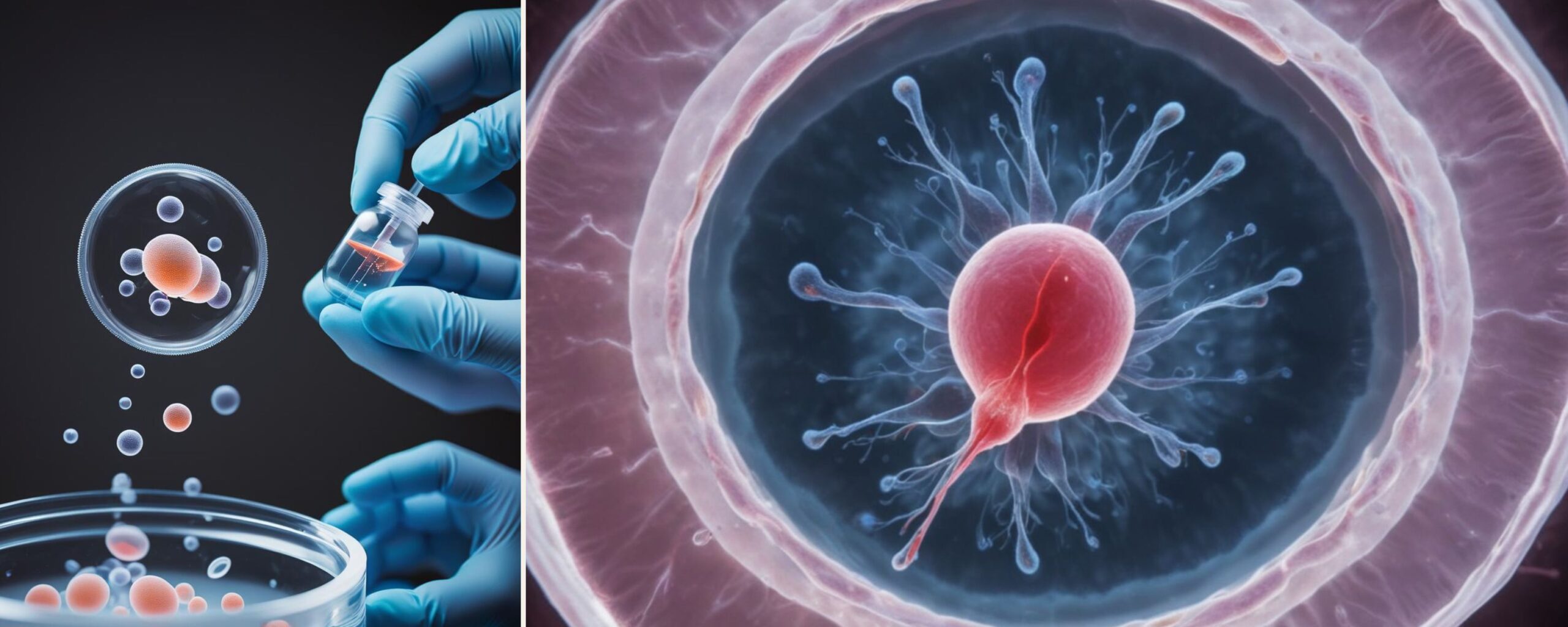
The Birth of IVF
The birth of Louise Brown in 1978 in England was a breakthrough as she was the first baby born through in vitro fertilization or IVF. Dr. Patrick Steptoe and Dr. Robert Edwards accomplished this significant milestone. Later in 2010, Dr. Robert Edwards was awarded a Noble Prize in Medicine or Physiology for developing IVF. This milestone gave rise to new avenues in the treatment of infertility.
Advancements and expansions
In the 1980s, the effectiveness, and accessibility of IVF procedures were increased with the development of IVF procedures and the use of medicine to promote egg production. Researchers made significant advancements in embryo cultivation techniques.
- Intracytoplasmic Sperm Injection (ICSI): ICSI was introduced in the 1990s that revolutionized male infertility treatment. ICSI involves the injection of sperm into an egg. This is believed to be an efficient treatment, particularly in cases of low sperm count, poor motility of sperm, and other failed fertilization procedures.
- Cryopreservation: A range of techniques such as cryopreservation were developed in the late 20th and early 21st century. This involves the freezing of eggs, embryos, and other reproductive tissues to preserve fertility for the future. A rapid freezing technique known as Vitrification was developed in the 21st century which significantly improved the survival rate of frozen eggs.
- Genetic screening: Genetic screenings are used to test for certain genetic conditions. Tests such as Preimplantation Genetic Diagnosis (PGD) help diagnose genetic abnormalities and Preimplantation Genetic screening (PGS) for chromosomal anomalies. The introduction of these tests allowed to selection of the healthiest embryo.
Types of ART techniques
In Vitro fertilization (IVF)
The most common Art technique involves the stimulation of ovaries to generate multiple eggs, isolating the eggs from ovaries, and fertilizing in a laboratory setting with sperms. The embryo is grown for a specific interval before transferring into a uterus to achieve pregnancy. IVF can also be employed outside of infertility settings for example patients who desire preimplantation genetic testing before conception, prevention of fertility such as before gonadotoxic therapy, or for patients who want to delay pregnancy.
Zygote Intrafallopian Transfer (ZIFT)
ZIFT or tubal embryo transfer involves the fertilization of eggs in a laboratory setting and the transfer of embryos into fallopian tubes within 24 hours after fertilization so that implantation can occur naturally. This technique has become rare after the success rates of IVF.
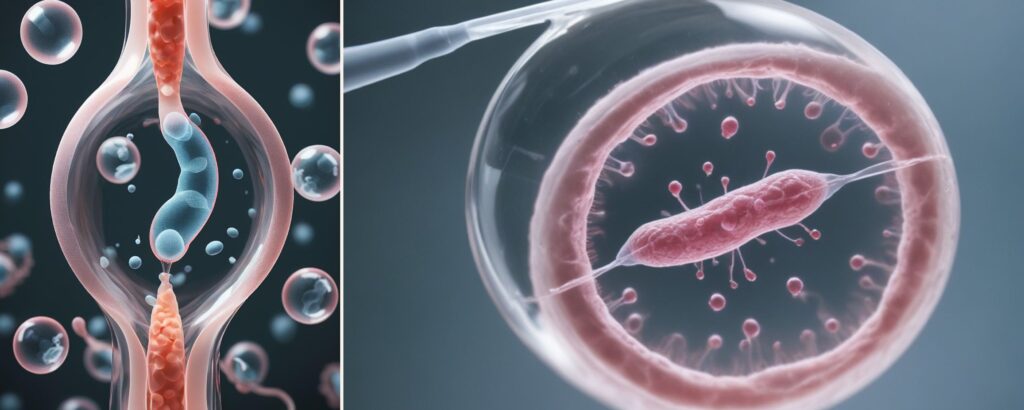
Frozen Embryo Transfer (FET)
In this, the frozen embryos during the IVF cycle are thawed and transferred to the uterus. This technique is typically used in case there are excess embryos from the previous IVF cycle, the previous IVF cycle fails, or the couple desires to have another child. If embryos are frozen by “vitrification” while they are still in the blastocyst stage, the success rate of frozen embryo survival is greater than 90%. A frozen embryo transfer has about the same success rate as a fresh embryo transfer.
Gamete Intrafallopian Transfer (GIFT)
This technique involves minimally invasive laparoscopic surgery to transfer gametes. The sperm and eggs are placed into the fallopian tubes for natural fertilization to occur. The usage of GIFT has decreased with recent advancements in IVF technology as no observation of embryo development or fertilization can be done with GIFT. Also, GIFT can be less effective with severe male infertility.
Ethical Considerations and Conclusion
The development of techniques like ART depicts humanity’s determination to surpass biological limitations. Millions of people’s lives have been changed by ART worldwide, from its contentious beginnings to its current position as a standard medical procedure. However, there has been a lot of ethical debate, social and legal debate surrounding the topic. Debates have been made on several topics, including the morality of embryos, the effects of third-party reproduction, and the possibility of genetic selection and alteration. Different countries have adopted different regulatory methods because of these arguments, reflecting varying ethical, religious, and cultural viewpoints.
- Kalra B, Baruah MP, Kalra S. The Mahabharata and reproductive endocrinology. Indian journal of endocrinology and metabolism. 2016 May;20(3):404.
- Huang JY, Rosenwaks Z. Assisted reproductive techniques. Human fertility: methods and protocols. 2014:171-231.
- Kulshrestha S. Artificial Insemination and Presumption of Paternity in India. International Journal of Advance Research and Innovative Ideas in Education. 2018;4(3):2395-4396.
- Kamel RM. Assisted reproductive technology after the birth of Louise Brown. Journal of reproduction & infertility. 2013 Jul;14(3):96.
- Harper JC, SenGupta SB. Preimplantation genetic diagnosis: state of the art 2011. Human genetics. 2012 Feb;131:175-86.
- Lawrenz B, Coughlan C, Melado L, Fatemi HM. The ART of frozen embryo transfer: back to nature!. Gynecological Endocrinology. 2020 Jun 2;36(6):479-83.
- Asch RH, Balmaceda JP, Ellsworth LR, Wong PC. Preliminary experiences with gamete intrafallopian transfer (GIFT). Fertility and sterility. 1986 Mar 1;45(3):366-71.
- Palermo G, Devroey P, Camus M, De Grauwe E, Khan I, Staessen C, Wisanto A, Van Steirteghem AC. Zygote intra-Fallopian transfer as an alternative treatment for male infertility. Human Reproduction. 1989 May 1;4(4):412-5.
- Rienzi L, Gracia C, Maggiulli R, LaBarbera AR, Kaser DJ, Ubaldi FM, Vanderpoel S, Racowsky C. Oocyte, embryo and blastocyst cryopreservation in ART: systematic review and meta-analysis comparing slow-freezing versus vitrification to produce evidence for the development of global guidance. Human reproduction update. 2017 Mar 1;23(2):139-55.

Author: Sanika Pande
- Medicine and Diseases
- Nutrition and Diet

